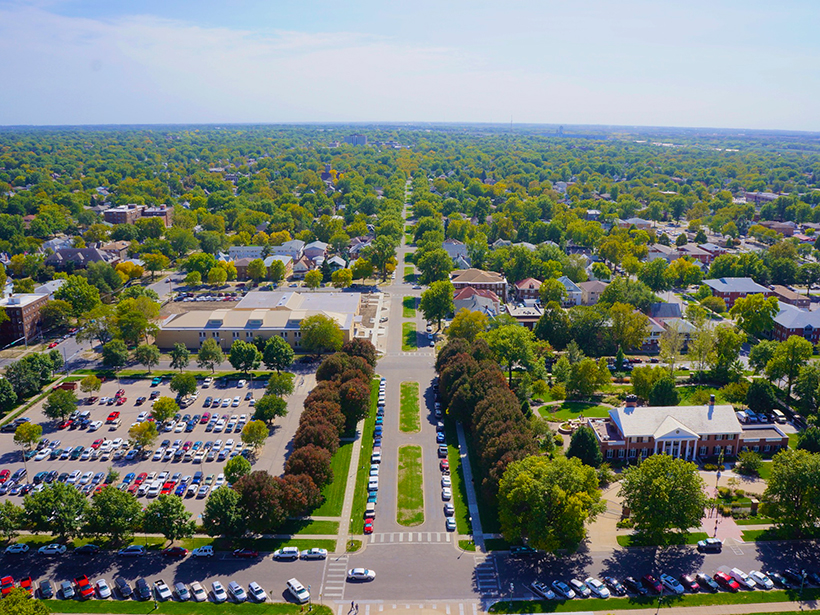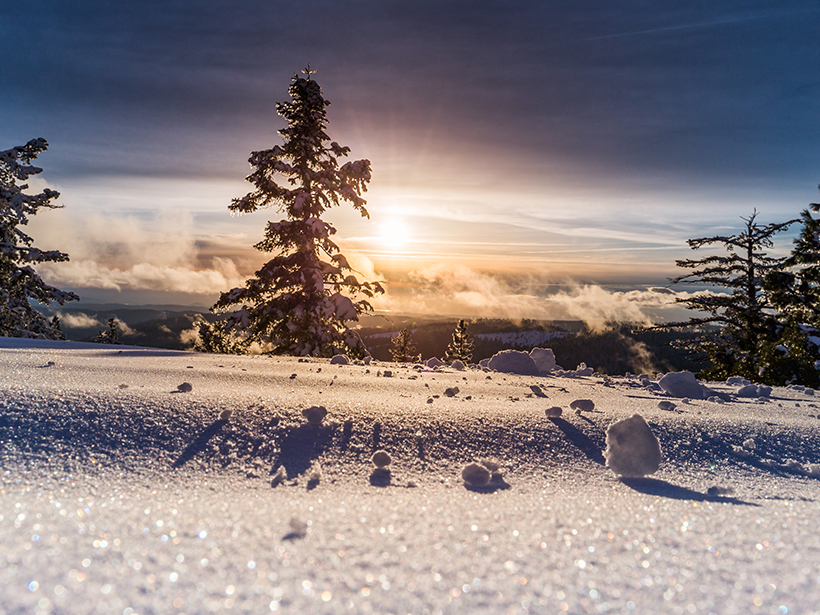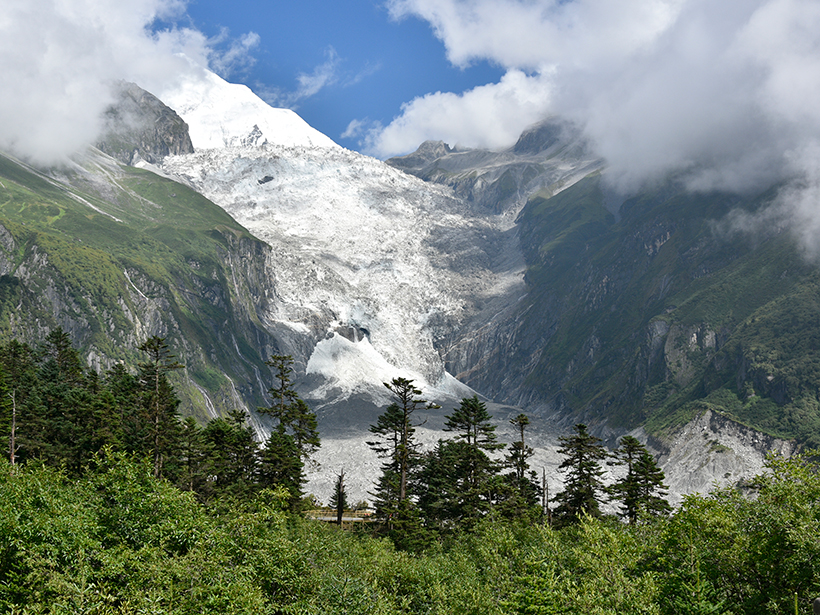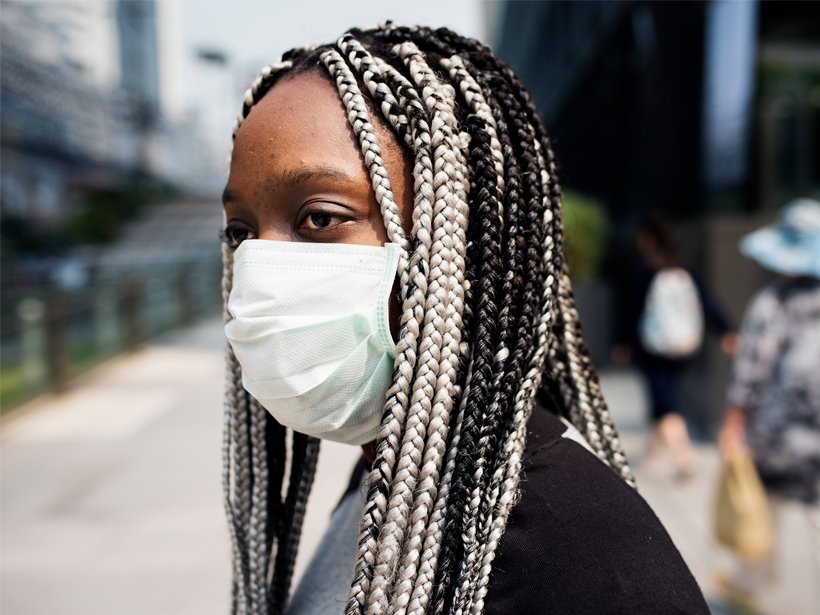Data visualization and mapping are valuable tools in the fight against COVID-19. Geoscientists can help healthcare workers and shape public policy.
Sarah Derouin
Sarah Derouin is a freelance science journalist and editor who has been writing for Eos since 2017. She has a doctorate in geology from the University of Cincinnati and is a graduate of the Science Communication Program at University of California, Santa Cruz. Sarah has written for New Scientist, Scientific American, Popular Mechanics, Science, EARTH Magazine, and Mongabay. She was the 2018–19 Science Communication Fellow for the Geological Society of America and attended Congressional Climate Science Days. Beyond writing, Sarah was an acting associate editor for EARTH Magazine. She also worked behind the scenes as an assistant producer on Big Picture Science radio show, broadcast on more than 140 public radio stations. You can find more of her work at www.sarahderouin.com or connect with her on Twitter @Sarah_Derouin.
Leveraging Satellite Sensors for Oil Spill Detection
By using multiple remote sensors, scientists can quickly estimate the nature and thickness of oil spills—important factors for containment efforts.
Researchers Quantify a Seeded Snowpack
In Idaho, three hour-long cloud-seeding events created the snow equivalent of about 282 Olympic-sized swimming pools’ worth of water.
River Ice Is Disappearing
Over the past 3 decades, the persistence of river ice has decreased by almost a week. The decrease in ice has important implications for ecology, climate, and the economy.
The Give and Take of Mercury in Glacial Landscapes
As glacial ice melts, toxic mercury is released into the environment. But a new study shows vegetation may be an effective cleanup crew.
What Lies Beneath Is Important for Ice Sheets
New research reconstructing the topography of Antarctica shows that the continent has 25% less land above sea level than when ice first started to accumulate 34 million years ago.
Finding Faults in Our Past: Uncovering the Messina Earthquake
The source of the deadly 1908 Italian earthquake may finally be identified, thanks to a fresh look at the geomorphology of the Strait of Messina.
Some Communities Feel the Effects of Air Pollution More Than Others
A new study compares exposure to power plant emissions among communities based on race, income, and geography. Black Americans are most at risk.
Fugitive Gas Abetted by Barometric Pressure
Barometric pressure, in addition to factors such as lithology and the depth of the water table, can influence patterns of natural gas that escapes to subsurface soils.
Sparks May Reveal the Nature of Ash Plumes
In lab experiments and models, researchers uncover how ash can affect the standing shock waves of erupting volcanoes. Their findings may lead to new predictions of volcanic ash hazards.










